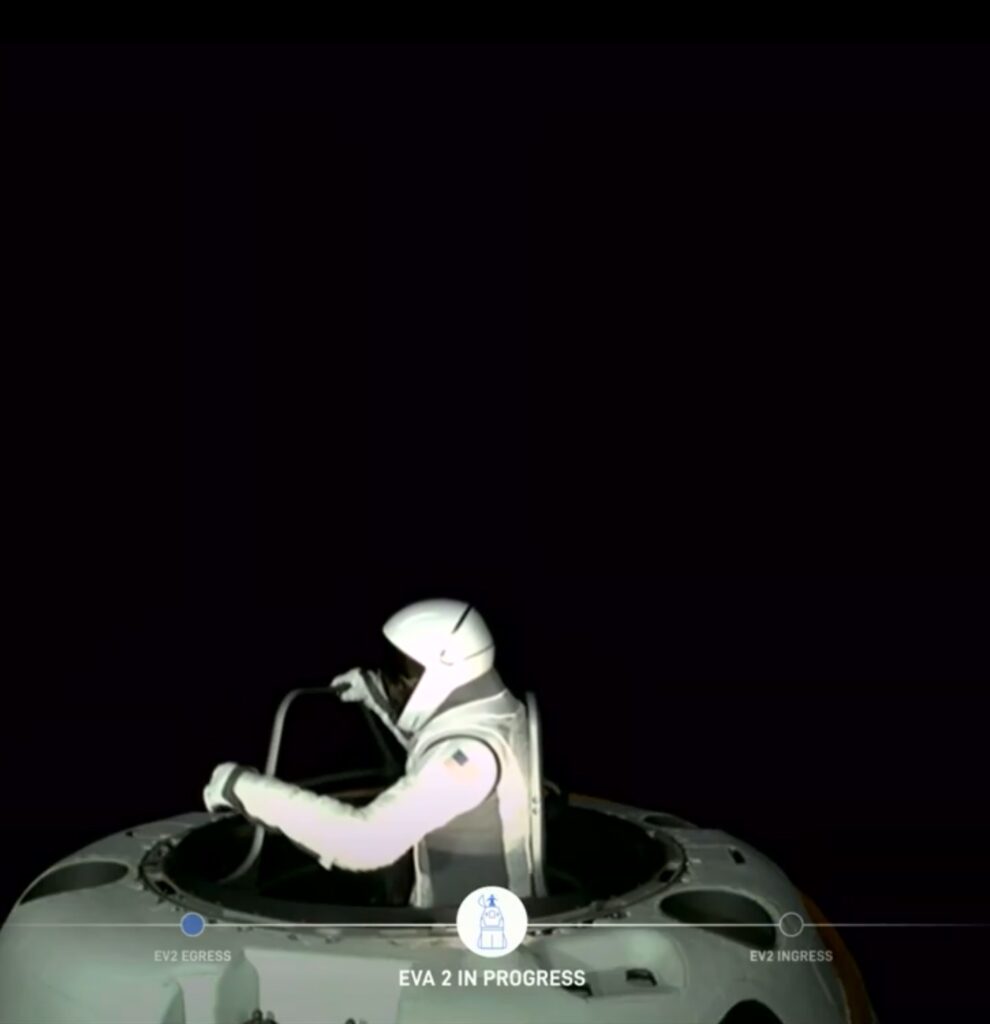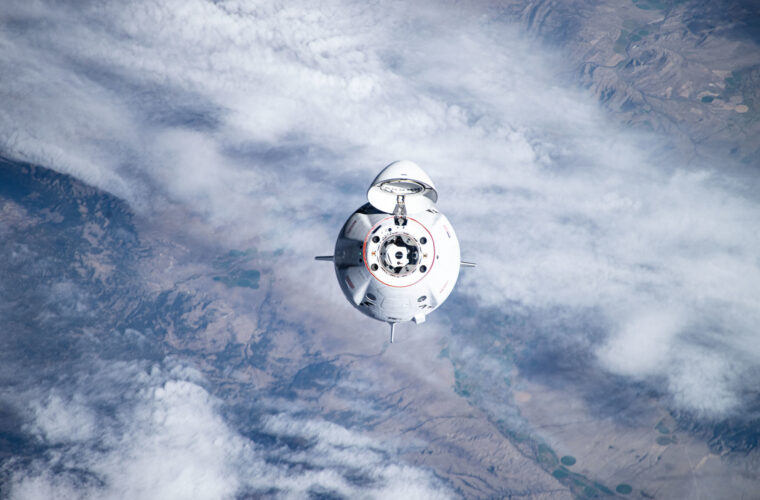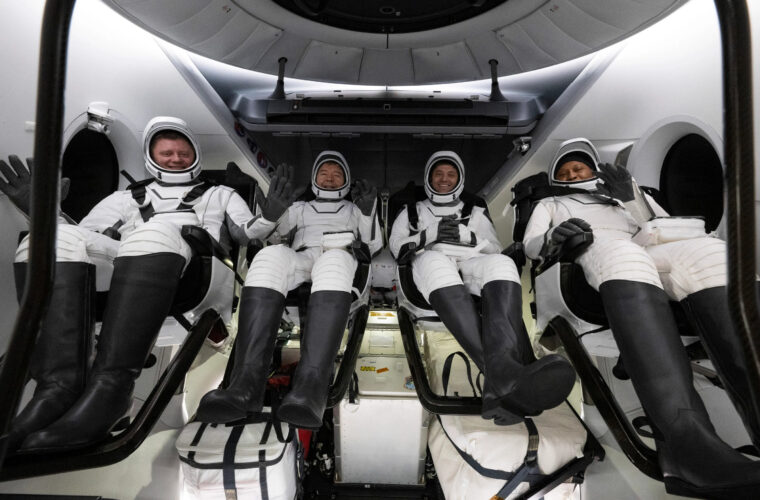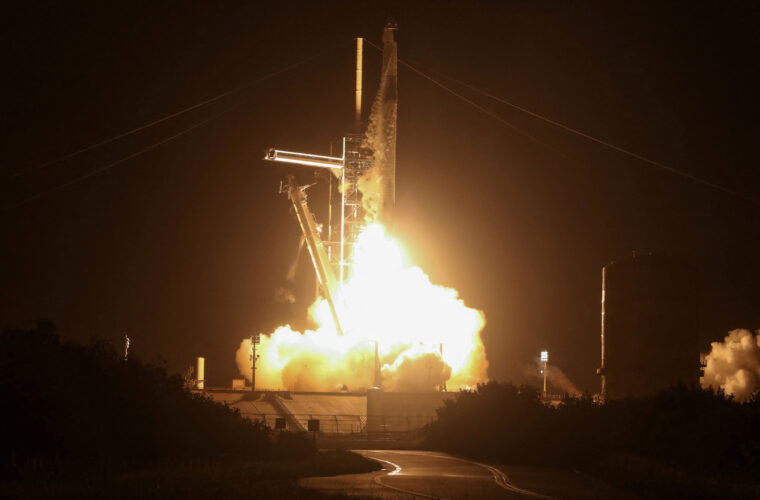In the vast vacuum of space, SpaceX has just written an exciting new chapter in the history of commercial space exploration. The Polaris Dawn mission, led by billionaire Jared Isaacman, has successfully completed the first commercial spacewalk in history. On September 12th, during the third day of a five-day mission in Earth orbit, the crew of four astronauts reached this extraordinary milestone, which many followed with bated breath. This was not a classic extravehicular activity such as those often seen on NASA dierts from the ISS, but something unique and unprecedented.
“SpaceX, we have a lot of work to do at home, but it looks like a perfect world from here”. These were Isaacman’s words as he observed the Earth while standing outside the Dragon capsule hatch, and it is from these that we want to begin to tell you what has happened so far, in case you have missed the events of these three days and the last exciting event that to call “historic” might be reductive.
Comeback to September 10th
The mission launched on September 10th from the legendary Launch Complex-39A at NASA’s Kennedy Space Center has already broken several records. Just 15 hours after launch, the crew reached an altitude of 1,400.7 km, surpassing any other crewed mission since the Apollo program. The spacewalk started slightly later than planned. The actual EVA was preceded by preliminary operations, which were necessary to ensure a successful launch and the safety of the four astronauts. It is important to point out that Crew Dragon does not have an airlock, so the capsule’s interior was exposed to the vacuum of space during the duration of the activity, which is why all the astronauts had to wear the new-generation suit designed by SpaceX.

Isaacman and SpaceX mission specialist Sarah Gillis went out one by one into the vacuum of space. The man officially exited into the void at 12:48 p.m., followed by Gillis at 1:04 p.m. A few minutes later, the re-entry took place, which was followed by cockpit re-pressurization procedures. The extravehicular activity, including checks and follow-up operations, lasted one hour and 46 minutes.
They made history
This feat was made possible thanks to several technological innovations. As anticipated, the crew wore the brand-new EVA suits designed by SpaceX, described by one engineer as “an armor made of fabric”. The Dragon Resilience capsule was modified with a ” Skywalker ” hatch, which replaced the typical ISS docking door. While in space, the Polaris Dawn crew will conduct 36 different scientific experiments provided by 31 separate institutions, many of which have already been completed.
These experiments range from tests on wearable devices that collect biometric data to eye health studies in microgravity. However, as with the previous Isaacman-designed mission, Inspiration 4, the decision was made to raise funds for the St. Jude Children’s Research Hospital in Memphis, Tennessee, continuing the philanthropic effort that began in 2021. The mission returned to Earth on September 15th, ditching in an area in the ocean off the coast of Florida.



